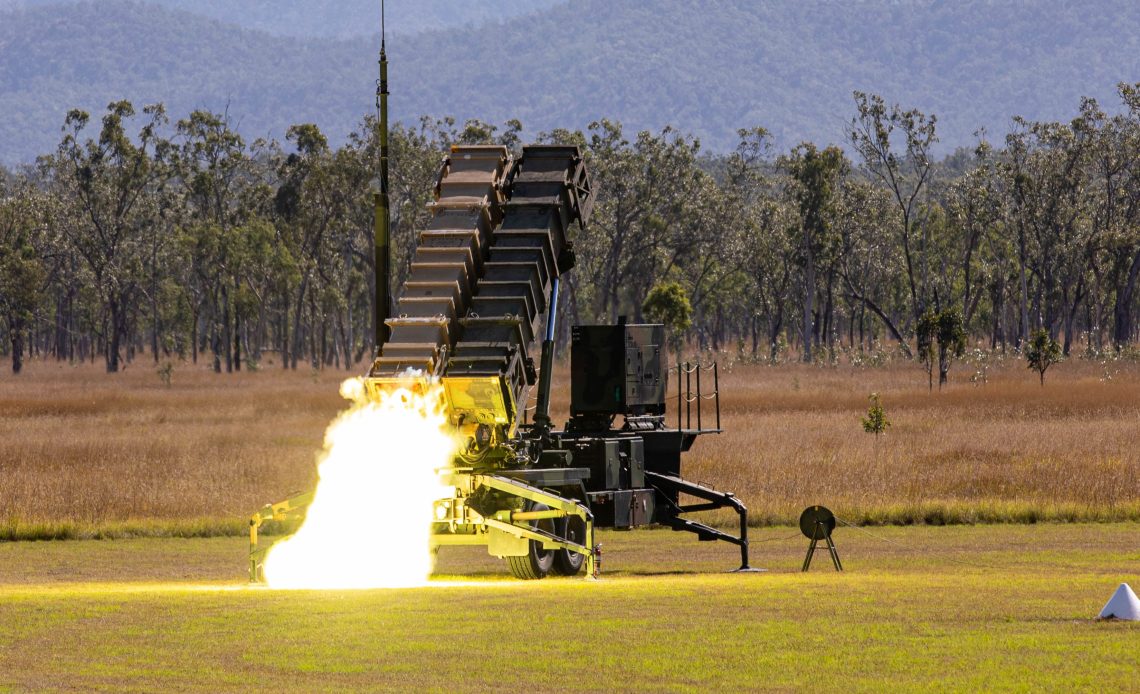
HUNTSVILLE, Ala. – The U.S. Army is planning to release a refreshed missile defense strategy focused on needs in the 2040 timeframe to counter a wide variety of complex threats, according to Lt. Gen. Sean Gainey, the service’s Space and Missile Defense Command commander.
The command is targeting October 2025 to release the new strategy, a joint effort by the Space and Missile Defense Center of Excellence and Army Futures Command, as well as other service players such as the Army Air and Missile Defense Commands and the Fires Center of Excellence, he said during a press briefing at the Space and Missile Defense Symposium.
The Army is taking “an integrated approach to the strategy,” Gainey noted, and it will be nested in the Army’s multidomain operations doctrine and warfighting concepts.
The service previously released a strategic air and missile defense vision in 2018, which was focused on the 2028 time period. That strategy centered on structure and force organization, “but also what we fight with and how we fight well,” Gainey said. “But it’s time to look even further into the future.”
Also Read: US Army solidifies requirements to counter small drones
The new strategy will take into account “what we’ve learned from previous years and current conflicts to design the type of force we’ll need” to ensure an AMD force is successful in 2040, Gainey said.
Looking at ongoing conflicts in Ukraine and in the Middle East, Gainey noted, “It’s real easy to see the challenges that are out there.”
“We have an idea, we know currently how the threat is evolving and where we believe the threat is [in] the future,” Gainey said. “So, this strategy is going to allow us the opportunity to lay a foundation … with capability and development to be able to address that future threat.”
Already the command has determined there are some imperatives that will be included in the future strategy.
“We know we will operate under constant observation and in continuous contact — 360-degree coverage is a non-negotiable,” he said.
The strategy also will recognize that technology used for missile defense must have an open architecture and use “all benefits” of artificial intelligence, Gainey noted.
Capability should also be “fast and cost curve-informed and adaptable,” he said.
Author: Jen Judson
Source: DefenseNews



